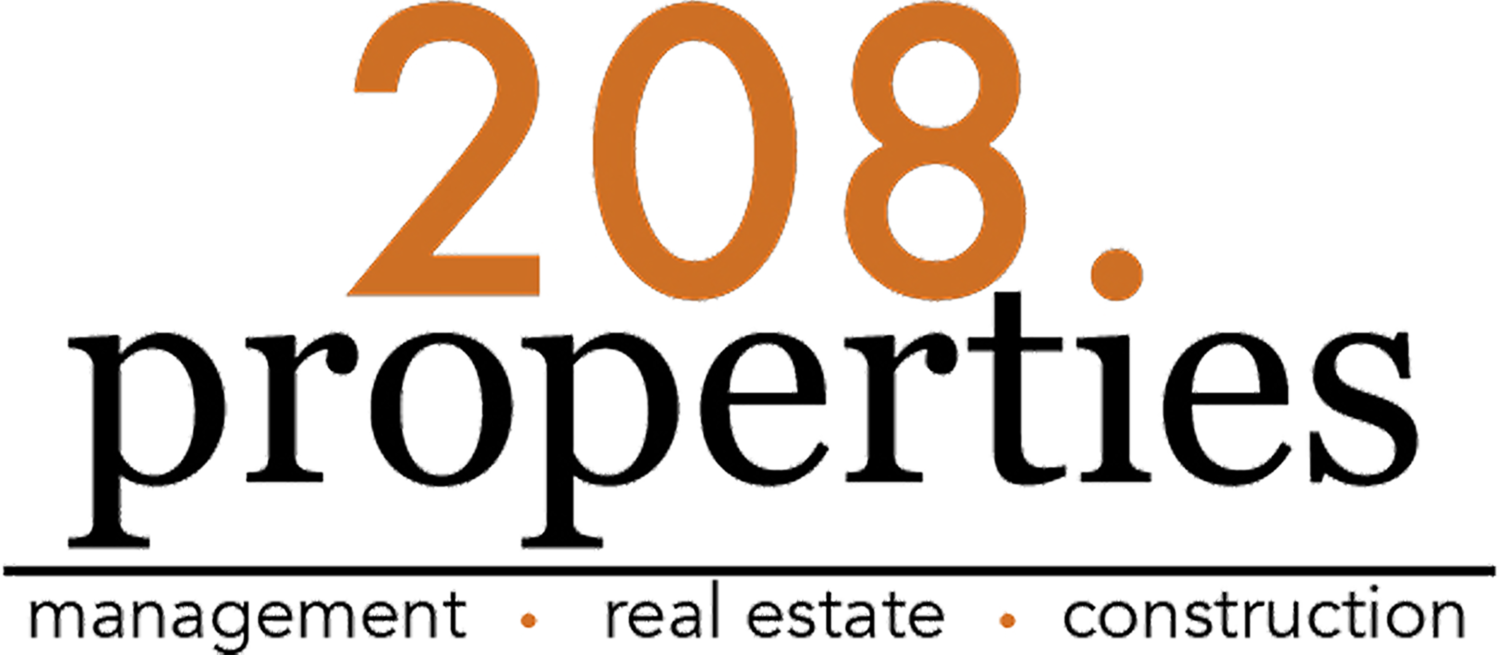As home prices continue their decade-long climb, a growing number of homeowners—especially those who purchased prior to 2012 or who live in rapidly appreciating markets—are on a collision course with the federal capital gains tax. The long-standing exemption passed under the 1997 Taxpayer Relief Act is starting to show its age, and without Congressional updates, more primary homeowners may face tax exposure previously limited to investors and luxury sellers.
The 1997 Capital Gains Exclusion: Still in Place But Outdated
Under the current federal tax code, homeowners can exclude the following amounts of gain from the sale of a primary residence:
$250,000 for individuals
$500,000 for married couples filing jointly
To qualify, the homeowner must:
Have owned and used the home as their primary residence for at least 2 of the past 5 years
Not have used the exclusion for another property sale in the past 2 years
When this exclusion was enacted in 1997, the median home price in the U.S. was around $126,000. In 2025, that figure now stands above $397,000 nationally, with major metros well into the $700K–$1M+ range. The result? Many long-term homeowners—especially in markets like California, Washington, Texas, Florida, Idaho, Colorado, and Massachusetts—are now at risk of exceeding the exclusion and facing capital gains tax liabilities.
Equity Buildup Scenarios Triggering Tax Risk
Consider these examples:
Boise, ID: A home bought for $225,000 in 2012 could now appraise for $575,000–$625,000. A sale after costs could result in a gain of $350K+, putting single filers at risk.
Bay Area, CA: A 1980s home purchased for $250,000 now worth $1.2M could face nearly $700K in capital gains if major improvements weren’t documented.
What Happens If You Exceed the Exclusion?
Any gain above the exclusion limits is subject to long-term capital gains tax, typically:
15% for most middle- to upper-middle-income earners
20% for higher-income filers (married filing jointly over ~$550,000 in 2025)
Potential 3.8% Net Investment Income Tax (NIIT) if modified AGI exceeds $250,000 (joint) or $200,000 (single)
Example: A couple sells a home and realizes $700,000 in gain. They qualify for the $500K exclusion. The remaining $200K is taxed:
At 15% = $30,000
Possibly subject to NIIT = $7,600
Total potential tax liability = $37,600
Strategies to Consider for Mitigation
Real estate investors and savvy homeowners have several legal and proactive options to reduce or defer tax exposure:
Track and Document Improvements
Keep detailed records of all capital improvements (new roof, windows, HVAC, kitchen/bath remodels).
These increase your cost basis, thus reducing the taxable gain.
Convert to a Rental Before Selling
With proper planning, converting a primary residence to a rental property can open up Section 1031 Exchange opportunities if used strategically.
Note: 1031 only applies to investment properties, not personal residences.
Adjust Timing to Maximize Residency
If you’ve recently moved out or plan to sell a former primary residence, sell within 3 years to stay within the 2-of-5-year rule.
Marital Planning
Divorce or death of a spouse may affect exclusion eligibility. A surviving spouse has up to 2 years to claim the $500K exclusion under some conditions.
Installment Sales
Spreading the gain over multiple years using a seller-financed installment sale may reduce tax burden by keeping each year’s gain in a lower bracket.
Policy Outlook: Will the Cap Be Raised?
There has been growing bipartisan discussion around updating the 1997 exemption levels, but as of mid-2025, no new legislation has passed. Some economists suggest indexing the exemption to inflation—which would place today’s thresholds closer to $500K (individual) and $1M (joint)—but any change would require Congressional approval.
Investors and homeowners alike should not assume an increase is imminent. For now, proactive planning is essential.
Final Thoughts for Equity-Rich Homeowners
If your property has appreciated significantly—especially if you’ve owned it for over a decade—it’s time to run the numbers. Speak with a qualified CPA or real estate tax attorney and review:
Your original basis
All documented improvements
Estimated net proceeds
Your filing status and income bracket
With planning, most homeowners can reduce their tax exposure. But those who wait until the closing table may be stuck writing a five- or six-figure check to the IRS. In today’s housing market, wealth is being built in equity—don’t let tax friction catch you off guard.










